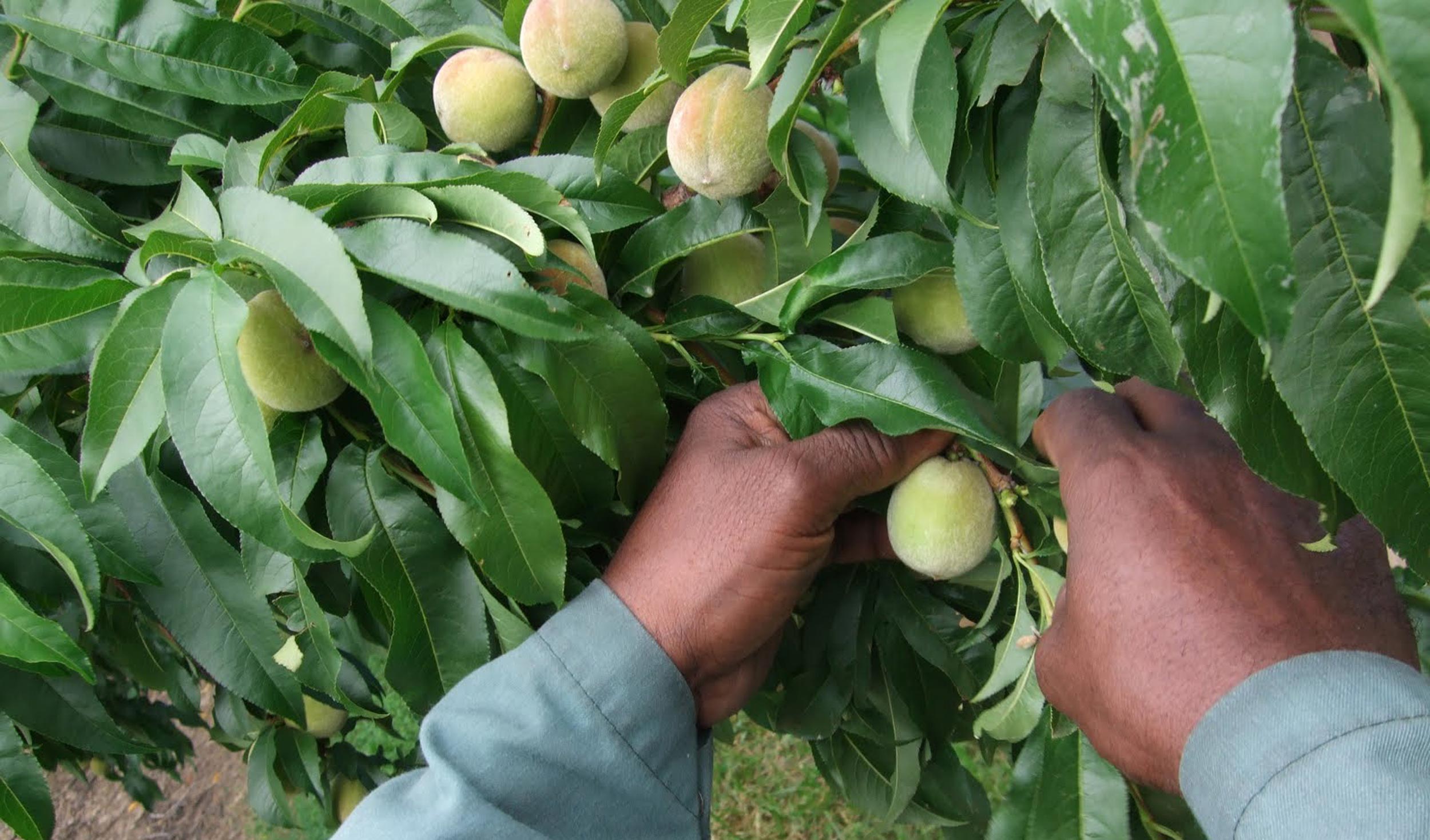ABOUT MIGRANT WORKERS
What is the general profile of migrant farm workers?
Most migrant workers are young or middle aged men from developing countries (a small proportion are women, most of whom are single mothers). Most have low levels of education and literacy, generally do not speak or read English unless it is their first language, and come from rural areas with few economic opportunities. Generally, they are in good health prior to coming to Canada and have dependents who rely on their income.
What is the working context for migrant workers?
Migrant workers normally work from 6-7 days a week, 8-12 hours a day, though these hours can increase substantially during the high season. They often lack sufficient breaks, health and safety training, and personal protective equipment.

Frequently Asked Questions
FREQUENTLY ASKED QUESTIONS
Most migrant workers are from Mexico and the Caribbean, and come to Canada under the Seasonal Agricultural Workers Program (SAWP) in place since 1966. Other workers come from countries such as Guatemala, the Philippines and Thailand through of Canada's Temporary Foreign Workers Program, including its Stream for Lower-skilled Occupations, also known as the Low-Skill Pilot Project (LSPP), in place since 2002, and a specific Agricultural Stream, in place since 2011.
Migrant workers are contracted to specific employers for specific work, and can only change employers and jobs with the agreement of their employer and, in the case of SAWP workers, their home country government. In practice, changing employers is often difficult.
Migrant workers are covered under most of the same protections as Canadian farm workers. They are protected by the Charter of Rights and Freedoms, Workplace Safety and Insurance Act, Ontario Human Rights Code, and the Occupational Health and Safety Act. They can file health and safety and employment standards complaints with the Ministry of Labour. They can also sue non-compliant employers for breach of contract. However, in practice, many workers are unaware of their rights or fear exercising them due to loss of employment, income or work permit. They, as with all agricultural workers in Ontario, are excluded from certain provisions of the Employment Standards Act and cannot legally unionize.
Migrant workers pay income taxes, EI and CPP, and are entitled to minimum or prevailing wages. They are not eligible for regular EI benefits (for losing work), but they can claim special benefits (such as sickness, maternity and parental leave) if they have logged sufficient hours. Migrant workers are able to get EI sickness benefits if they are in Canada with a valid work permit. They can also get CPP and CPP-D if they have made enough contributions.
Workers' home government representatives in Canada (i.e. consular officials or liaison officers) are mandated to mediate any issues that may arise between workers and employers in the SAWP. Other organizations have also assisted and/or advocated for workers, such as unions, community groups, legal clinics, health and resource centres. If a worker needs additional support, it is best to ask him or her who they trust in this role. See community contacts page for list of support groups.
According to the SAWP contract, employers can fire workers without notice for "non-compliance, refusal to work, or any other sufficient reason." Workers have no right of appeal. In most cases losing employment leads to their immediate repatriation, and in some cases leads to loss of future employment through the program.
Employers must provide workers with housing inspected by the appropriate municipal authority, and meals/kitchens for cooking. Housing quality varies considerably, and inspections are typically done prior to workers' arrival (see: housing inspection procedures and housing quality guidelines for inspectors) for more information. Almost all migrant workers live on employers' farms, and rely on employers for transportation.
